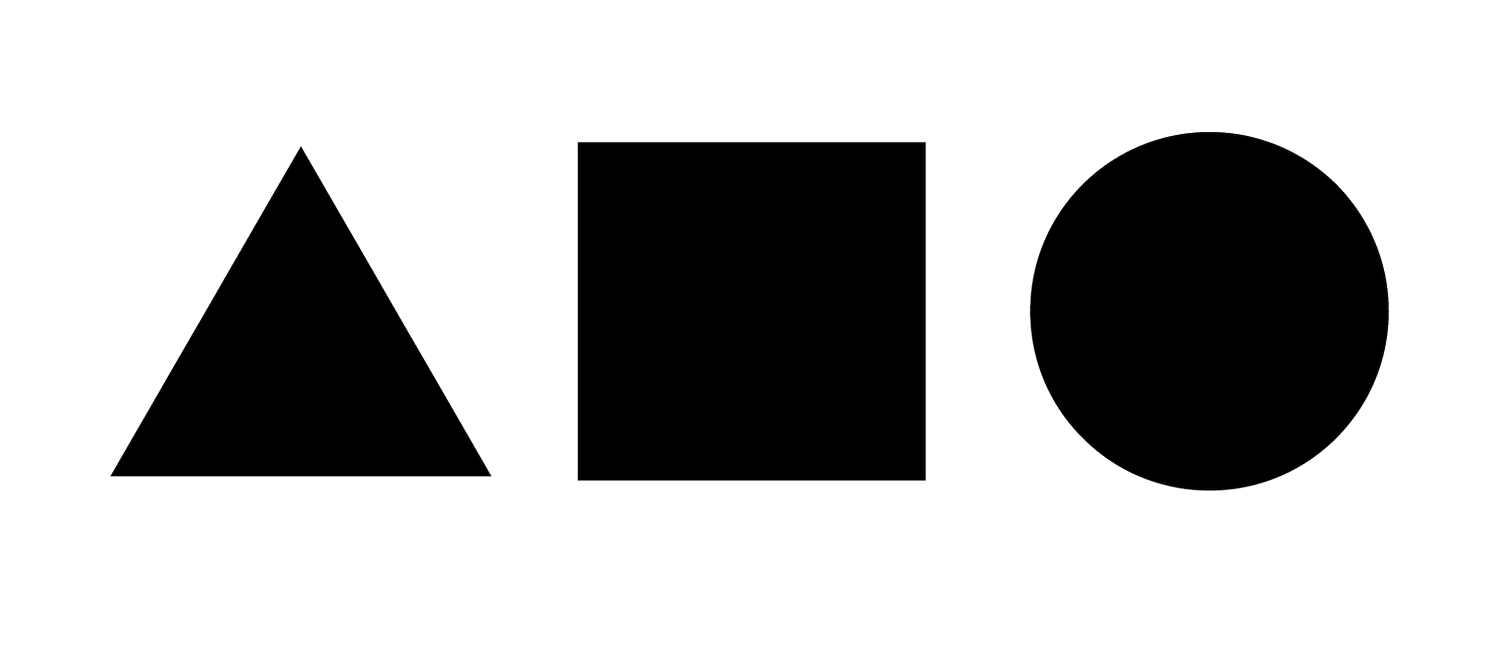The earth teaches us more about ourselves than all the books. That is because it resists us. Farmers till the soil and slowly extract secrets from nature; these truths are cosmic.
— Antoine de Saint-Exupéry, Wind, Sand and Stars
In the face of the digitization of the world, it is necessary to romanticize the world again, to rediscover the land, its poetry, and to reclaim the mystery, beauty, and nobility of the land.
— Byung-Chul Han, In Praise of the Earth
Gyeongbu Expressway and Land
The city-farm project has the character of overcoming the East-West disconnection while conforming to the typical and thin land shape of the existing Gyeongbu Expressway in the north-south direction. Architecturally, it replaces the existing solid boundaries with flexible and porous ones and entrusts the reinterpreted land and architecture to the organic scalability of a village.
The City-Farm
The surface level, a layer of land, is a community garden, and the urban cultivation land reflects the lives of individuals, families, and neighbors. The purpose of this project is to reacquire the meaning of the origin of soil over the meaning of the land in the late industrial society. The Farm-Community uses City-Farm as a space for social participation while also producing crops consumed at home responding to desired times, places, and demands using transportation such as drones. Users will adapt to the time of nature's growth through the City-Farm, and for urban children, it becomes a playground where they can get close to the land, and the nature’s vitality with its transition.
The ride
The previous Gyeongbu Expressway’s role is divided into three floors: public transportation, private cars, and Hyperloop under the surface. In the upper part of the land level, bicycles, monorails, and drones (UAM) are placed on each of the three floors, each contributing to the city based on its speed.







